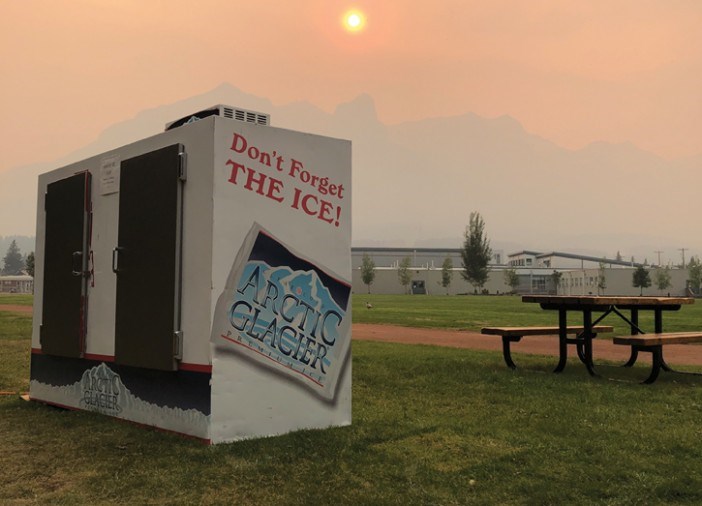CANMORE – The Rockies Institute is helping to bridge the gap between scientists and Indigenous groups in an effort to create meaningful dialogue that it hopes will lead to transformative approaches to climate change.
The non-profit organization sent its senior climate change fellow to Poland last week for the United Nations climate change conference to present Village of Hope, a process that enables government officials, scientists, Indigenous groups and non-governmental organizations to meet in a meaningful way and find ways to work together to combat climate change.
“The process is about how we bring scientists and Indigenous knowledge holders together and engage in a meaningful way, because it’s actually not easy to do that,” said Laura Lynes, president of The Rockies Institute.
Village of Hope was first presented as a pilot session as part of the Intergovernmental Panel on Climate Change for cities in Edmonton in March.
It was hailed as a huge success and seen as a way to operationalize the Local Communities and Indigenous Peoples’ Platform (LCIP) under the Paris Agreement.
“In the Paris Agreement, there’s a part in article seven and it talks about how nations are supposed to be guided by traditional and Indigenous knowledge, but what does that mean?” said Lynes.
In trying and answer that question, her organization created Village of Hope to bring what are seemingly disparate parties together to find common ground and understanding to tackle one of the world’s most pressing challenges – climate change.
To do that she said the first step is to get to a level playing field, so everyone is talking about the same things.
“We in the western world and a lot of the international treaties view nature from an anthropocentric view point, it’s always talked about in terms of the value of it, the economics, but Indigenous people all over the world, they have one thing in common, they actually view nature as intrinsic value.”
Understanding that difference in perspective is critical in order to move onto the next step, which is to try and figure out a way to create policies that incorporate the Indigenous perspective about nature.
“One of the ways they are doing this is through legal rights for nature,” said Lynes, explaining countries such as Ecuador have given nature legal rights under its constitution.
“This is a way the western world and laws that have been established since colonialism can actually incorporate Indigenous views.”
Beyond bridging the gap between different points of view, she said her organization is also helping to facilitate the flow of information from local communities to the global community and vice versa.
“What we’re trying to do is make sure there are pathways,” said Lynes.
Part of her organization’s challenge is that many grants to fight climate change aren’t designed to support the work that her organization is doing.
“I think that we are certainly on the right track, but the issue, quite frankly, is having enough funds to be able to do this work in a meaningful way because you have to bring people together,” said Lynes
“This isn’t something you can do online, this is about actually having the time and the space for meaningful dialogue and that requires money.”
As a non-advocacy group she said the ultimate goal of her organization is building resilience in communities.
“We believe that by weaving together, or braiding these different perspectives on how we live together, that we’re going to be able to move forward making better decisions and more compassionate decisions,” said Lynes.




